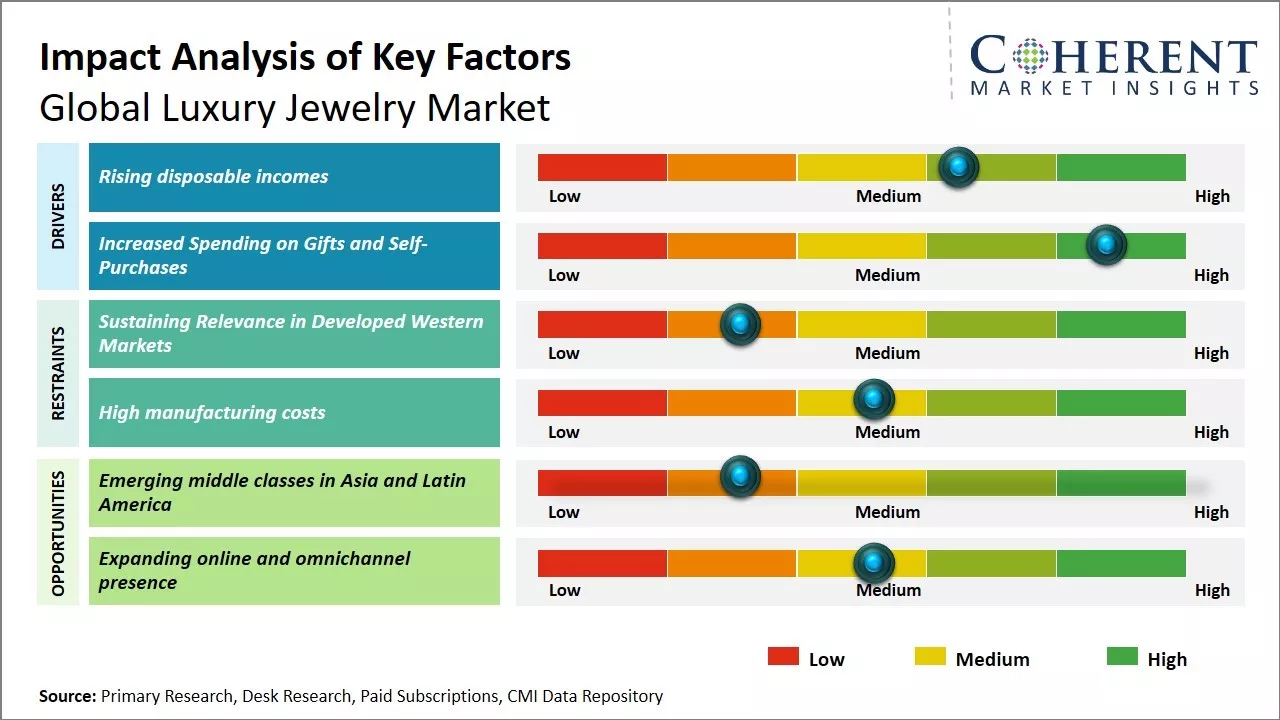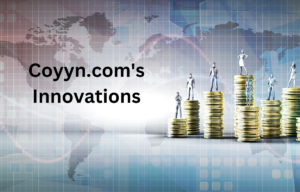1. Key Trends in International Luxury Markets
a. Sustainability and Eco-Friendly Features
- Green Building Practices: There is a growing demand for sustainable luxury properties. Buyers are increasingly seeking homes with eco-friendly features such as solar panels, energy-efficient appliances, and sustainable building materials.
- Certifications: Properties with LEED (Leadership in Energy and Environmental Design) or other green certifications are particularly attractive to environmentally conscious buyers.
b. Technology and Smart Homes
- Integration: High-tech amenities, such as home automation systems, smart security, and integrated entertainment systems, are now standard in luxury properties. These features enhance convenience, security, and overall living experience.
- Innovation: Cutting-edge technology, including AI-driven home systems and advanced wellness features, are becoming more prevalent in luxury homes.
c. Health and Wellness Amenities
- Wellness Spaces: Luxury buyers are prioritizing properties with health and wellness amenities such as home gyms, spa facilities, and meditation rooms. This trend has been accelerated by the COVID-19 pandemic, which highlighted the importance of health and wellness at home.
- Outdoor Living: Properties with expansive outdoor spaces, including gardens, pools, and terraces, are in high demand as they offer private sanctuaries for relaxation and recreation.

d. Remote Work Adaptations
- Home Offices: With the rise of remote work, luxury homes are now often equipped with dedicated home offices or multifunctional workspaces.
- Connectivity: High-speed internet and advanced communication systems are essential features, enabling buyers to maintain productivity and connectivity from their luxury residences.
2. Popular Locations for Luxury Real Estate
a. North America
- New York City, USA: Known for its iconic skyline and prestigious addresses, NYC remains a top destination for luxury real estate. Neighborhoods like Manhattan and the Hamptons offer high-end apartments and estates with unparalleled amenities.
- Los Angeles, USA: LA is renowned for its luxurious mansions, celebrity residents, and scenic locations such as Beverly Hills and Malibu. The city’s luxury market is driven by its entertainment industry and desirable climate.
b. Europe
- London, UK: London’s luxury market is characterized by historic townhouses, modern penthouses, and exclusive neighborhoods like Mayfair and Kensington. The city’s global financial status and cultural significance attract affluent buyers worldwide.
- Paris, France: Paris offers elegant apartments and historic properties in prestigious arrondissements like the 16th and 7th. The city’s rich history, culture, and architecture make it a prime luxury market.
c. Asia
- Hong Kong: Despite political and economic challenges, Hong Kong remains a hotspot for luxury real estate. Its market is driven by limited land supply, high demand, and its status as a global financial hub.
- Singapore: Known for its stability, high quality of life, and strategic location, Singapore attracts luxury buyers seeking modern, high-tech properties in a secure environment.
d. Middle East
- Dubai, UAE: Dubai’s luxury market is known for its extravagant properties, including waterfront villas, high-rise apartments, and custom-built mansions. The city’s tax benefits and cosmopolitan lifestyle attract wealthy buyers from around the globe.
3. Factors Influencing Luxury Real Estate Markets
a. Economic Conditions
- Global Economy: The performance of the global economy significantly impacts luxury real estate markets. Economic growth, stock market performance, and currency exchange rates can influence buying power and investment trends.
- Wealth Distribution: The distribution of wealth and the number of high-net-worth individuals (HNWIs) in a region affect the demand for luxury properties.
b. Political Stability and Policies
- Regulatory Environment: Government policies, including taxes on property purchases, foreign ownership regulations, and residency incentives, play a crucial role in attracting or deterring luxury buyers.
- Political Stability: Stable political environments are attractive to luxury buyers seeking secure investments. Political turmoil or uncertainty can negatively impact luxury markets.

c. Cultural and Lifestyle Factors
- Cultural Appeal: Cities with rich cultural heritage, world-class dining, shopping, and entertainment options attract luxury buyers seeking a sophisticated lifestyle.
- Lifestyle Amenities: Proximity to exclusive clubs, golf courses, marinas, and other lifestyle amenities enhances the desirability of luxury properties.
d. Environmental and Health Concerns
- Climate and Natural Disasters: Locations with favorable climates and low risk of natural disasters are preferred by luxury buyers. Environmental concerns such as air quality and pollution also influence buying decisions.
- Health Infrastructure: Access to top-tier healthcare facilities is a key consideration for luxury buyers, especially in the context of global health challenges.
Conclusion
The international luxury real estate market is shaped by a combination of economic, political, cultural, and environmental factors. Understanding these dynamics and the preferences of affluent buyers is essential for navigating this exclusive sector. By staying informed about current trends, popular locations, and influencing factors, buyers, sellers, and investors can make strategic decisions and capitalize on opportunities in the luxury real estate market. Whether seeking a prestigious residence, a secure investment, or a lifestyle upgrade, the allure of luxury properties remains a powerful force in the global real estate landscape.











